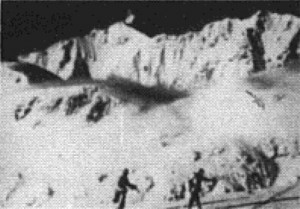
"A story of the natural wilderness, people, and mountains 200 miles from the sea, the wilderness alps of Stehekin in the North Cascade country. Brought into its scenic grandeur through the ages never the same, yet not to be changed by man. There are the wild gardens and glaciers high above the sea but far below the icecaps on Mt. Rainier, from time preceding us. A beautiful, relaxing retreat with a narration to be remembered for its refreshing call to the wilderness" PSA Journal, Nov. 1960, 42.
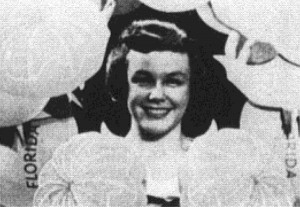
"Our man has been through a long, hard winter and with more snow on the way he goes to Florida. We visit many of the places and see and do the things vacationers like to do. We move from one interest to another and stay just long enough to like it. Our friend awakens from his Florida visit and sunburn, all from his over-long stay under the sun lamp. A delightful visit" PSA Journal, Nov. 1960, 40.
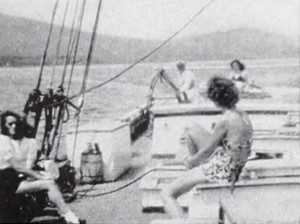
"Sidney Moritz likes to record the few vestiges that remain in this rapidly changing country of the days that were. After earlier voyages on an Ohio River "sternwheeler," he made two cruises on the Mattie, an old schooner that now hugs the New England coast and carries vacationers. In Windjammer there is cinematic beauty, with delightful scenes of masts and sails. There is also a detailed and very human record of the way in which the holiday makers — who also help with the ship's chores — enjoy a recreation both salty and salubrious. One is sure that they and the ship's crew — including grim old Captain Grant — had a grand time. Mr. Moritz must have had one, also, if his gay footage reflects his mood." Movie Makers, Dec. 1945, 497.
"Views from ground of Salt Lake City skyline, Antelope Island, the train causeway, a passenger train, the salt flats, salt crystallization on rocks, brine shrimp, auto racing on the salt flats, seagulls (with sound), sail boating, swimmers at Saltair, Sunset Beach, the marina, water skiers, boat painting, and the Utah State Capitol building." University of Utah Marriott Library.
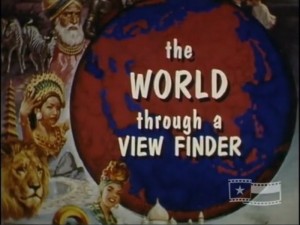
"This amateur film captures Edwin and Minnie Mayer’s worldwide adventure across Australia, Asia, Africa, and Europe in the 1950s. This segment documents stops in Australia, Japan, Hong Kong, the Philippines, and Malaysia" Texas Archive of the Moving Image.
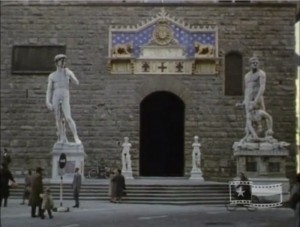
"This amateur film captures Edwin and Minnie Mayer’s worldwide adventure across Australia, Asia, Africa, and Europe in the 1950s. This segment documents stops in Thailand, India, Egypt, Greece, Vatican City, Italy, the Netherlands, and England" Texas Archive of the Moving Image.
"Yellowstone by Jack W. Ruddell, FPSA, of Islington, Ontario, Canada. Jack put his past prize winning talents to good work on this beautifully done travel film. This 10 minute 16mm film was awarded an Honorable Mention" PSA Journal, Nov. 1970, 38.
"Stan Midgley returns again, this time presenting the "Yellowstone Tetons and Glacier Park." In the wonderful northwest corner of Wyoming you can see spectacular mountains, beautiful lakes, canyons, waterfalls, wild animals and more natural wonders than a tourist can see in a month. There are superb pictures of most of the world's greatest geysers and the changes made by the great 1959 earthquake with before and after pictures. There is Earthquake Lake and its notorious landslide. The Cooke City Red Lodge Highway over the Beartooth Mountains —Ghost Towns and modern towns of Western Montana —Glacier Park, beautiful from the highway, incomparable from the wilderness trail. The ending comes in the golden glory of autumn." Central Union Reaper, Sept. 27, 1966, 3.
Total Pages: 44